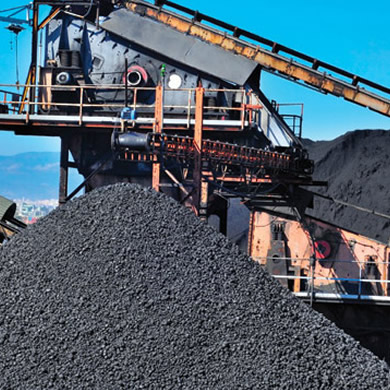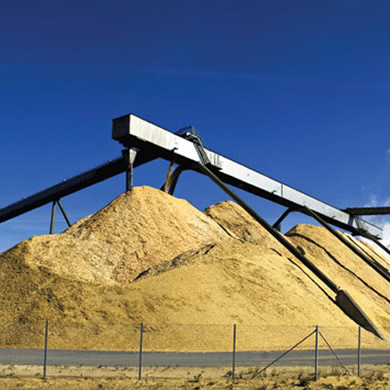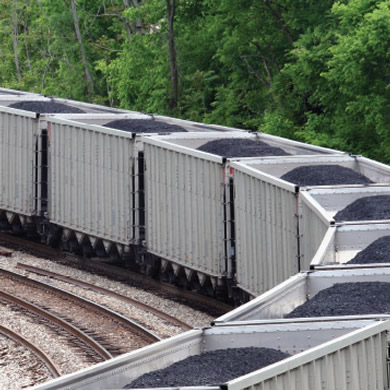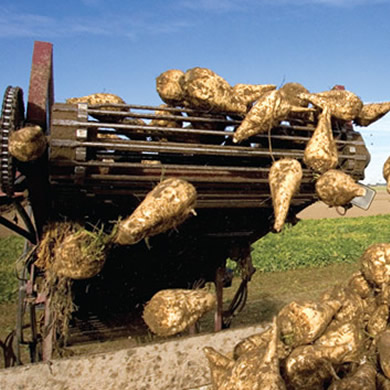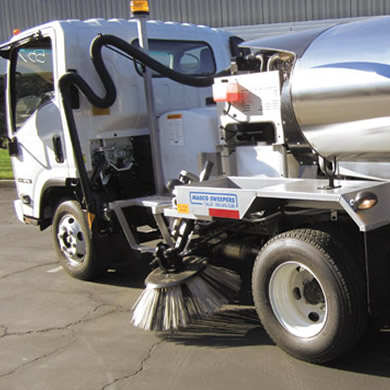 In conjunction with the Louisiana State University Audubon Sugar Institute and specialists from the Louisiana Sugar Industry, Crompion International has developed a new type of Very Low Residence Time (VSRT) juice clarifier to significantly reduce sucrose inversion, increase clarification capacity and improve juice quality. The Crompion LLT Filtrate Juice Clarifier improves efficiency, maximizes mill performance, increases sugar yield and saves money. Currently being used in the sugar industry, the Crompion LLT Filtrate Juice Clarifier is also being tested in other industries where solid separation is critical.
In conjunction with the Louisiana State University Audubon Sugar Institute and specialists from the Louisiana Sugar Industry, Crompion International has developed a new type of Very Low Residence Time (VSRT) juice clarifier to significantly reduce sucrose inversion, increase clarification capacity and improve juice quality. The Crompion LLT Filtrate Juice Clarifier improves efficiency, maximizes mill performance, increases sugar yield and saves money. Currently being used in the sugar industry, the Crompion LLT Filtrate Juice Clarifier is also being tested in other industries where solid separation is critical.
Challenges Presented by Filtrate
Filtrate, which accounts for almost 15 to 20% of the mixed juice introduced in a raw sugar factory, is typically recirculated. This is detrimental to the overall process and leads to a reduction in clarification capacity, higher sucrose losses caused by inversion or microbial activity, as well as color generation and increased turbidity due to the recirculation of very fine particles.
The solution to these problems caused by recirculation is filtrate clarification. Previous approaches to filtrate clarification; however, had few benefits. These filtrate clarifiers had long residence times, which resulted in comparable sugar losses to the recirculation process itself. Also, some of the proposed processes were very complex and involved the use of proprietary chemicals, more than one flocculent or additional unit operations that made filtrate clarification more difficult to implement. Additionally, the quality obtained in many of these studies was low or insufficient to determine if the clarified filtrate could be sent forward in the process.
Innovative Design Improves Performance
Crompion International, in conjunction with Louisiana State University’s Agricultural Center and the Audubon Sugar Institute, set out to address these filtrate clarification challenges by developing a Very Short Retention Time (VSRT) Filtrate Clarifier with approximately 8-10 minute residence time in clear juice with significantly lower residence time than that of many clarifiers currently operating in the industry (45 to 120 min). The results obtained during the initial trials have shown the removal of approximately 84% to 95% of suspended solids (depending on the dose of flocculent utilized), a less than 0.1% concentration of suspended solids in clear filtrate, approximately 20% color removal, and minimal sucrose losses.
To achieve such low residence times Crompion International, utilized the technology and design of the Crompion LLT Clarifier. The design consists of a uniform pathway for the juice inlet, which evenly distributes the juice to several end-points which are uniformly positioned around a cross-sectional area of the clarifier. The juice then reaches the end-point of the pipe where the patented Turbulence Reduction Device (TRD) is installed and reduces the turbulent eddies present in the juice by significantly reducing fluid velocity. As a result, superior juice quality can be obtained at much shorter residence time.
Built-In Flash Trough Enhances Degassing of Juice
In the clarification process, a flash tank is often employed to remove non-condensable gases and assure a constant juice temperature. The flashing operation is critical to achieving proper clarification of the juice. In many factories, however, it is usually overlooked, resulting in a reduction in the clarifier’s performance (e.g. excessive presence of bagacillo and increased turbidity in the clear juice).
To solve these issues, the new generation of Crompion LLT Clarifiers comes with a built-in flash trough that provides more degassing area with fewer footprints than an external flash tank of comparable capacity. The design consists of a degassing trough positioned around the clarifier. This condition keeps a level of liquid inside the degassing chamber, preventing air from being re-entrained after the juice has been degassed. The removal of the non-condensable gases is achieved using several venting pipes on top of the degassing trough, keeping the degassing chamber at atmospheric pressure at all times.
The Filtrate Clarification Process
The filtrate clarification process consists of over-heating the filtrate in a heat exchanger to a temperature of approximately 103°C (218 °F) using exhaust steam1 . Afterwards, lime saccharate or milk of lime is added to the juice, using hot liming in order to adjust its pH to approximately 7.4-7.8. The overheated filtrate is then degassed in a Flash Trough2 built into the Crompion LLT Filtrate Juice Clarifier. This provides more degassing area compared to flash tanks currently used in the industry, guarantees the proper removal of all non-condensable gases entrained in the juice that can negatively affect operation and will send the juice to the clarifier at a constant temperature of 100 °C (212 °F). Next, a small dose of flocculent is added to the juice to gather all the mud particles that were formed during the operation. Finally, the juice is directed to the Crompion LLT Filtrate Juice Clarifier where the juice is separated; the clear filtrate is mixed with the clear juice and sent to the evaporators, and the mud is returned to the mud mixer.
1 The heating can be done in one or more stages and other types of vapor can be used depending on factory conditions
2 Patent Pending
Lowest Juice Turbidity
The Crompion LLT Filtrate Juice Clarifier reduces the juice turbidity at a retention time of 8-10 minutes. These results have been validated by industrial trials where the Crompion LLT Filtrate Juice Clarifier was run side-by-side with alternative clarifier designs. Most of the old clarifiers still in use today have a retention span in the range of one to two hours. Some of the new “best technology” clarifiers range between 45-120 minutes. Commercial tests have demonstrated that the Crompion LLT Filtrate Juice Clarifier design outperforms the conventional designs in terms of turbidity levels.
Reduced Sugar Losses and Increased Savings
Shorter residence time results in less sucrose destruction and less color formation. With residence time at below 10 minutes, it is estimated that the money saved on sugar losses from using a traditional clarifier would justify the investment in the Crompion LLT Filtrate Juice Clarifier over time (exact amount of time will depend on mill size, setup, capacity, etc.). Because of the shorter residence time, heat losses are also reduced, which results in energy savings.
Alternative Applications
Effective in more than just the sugar industry, alternative applications for the Crompion LLT Filtrate Clarifier include industries in which solid separation is critical, such as Water Treatment, Pulp & Paper, Petro Chemical, Mining and more.
OUR SPECIALIZATION

